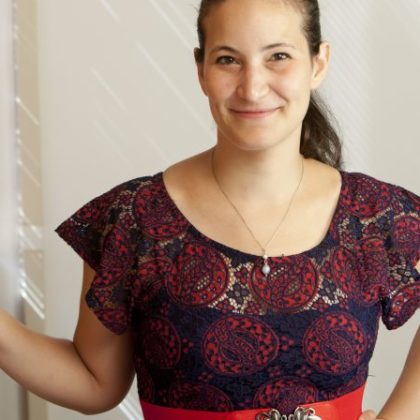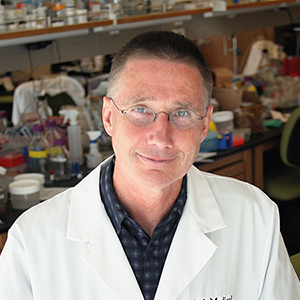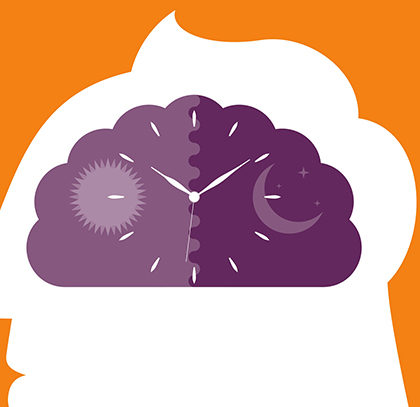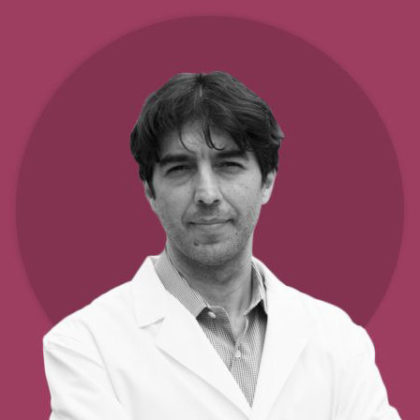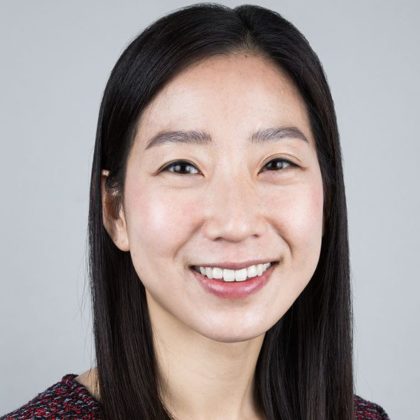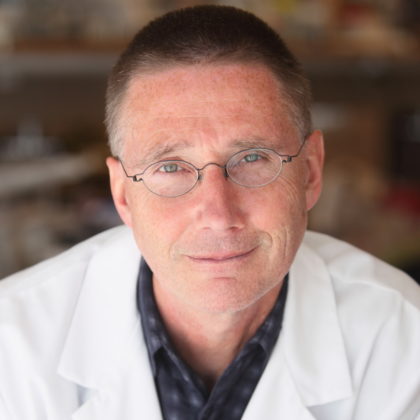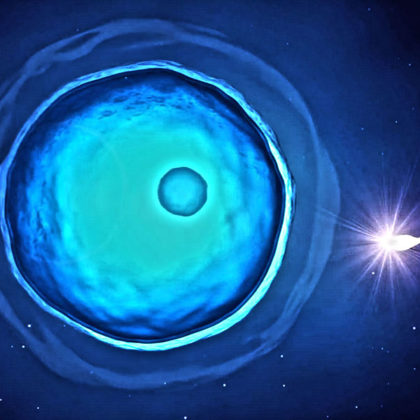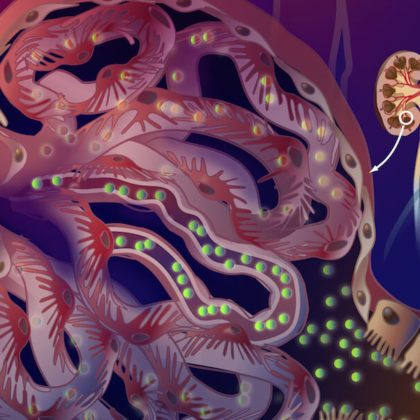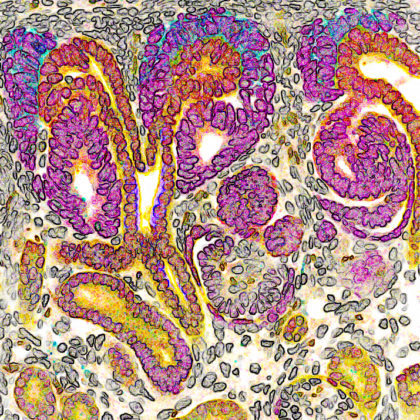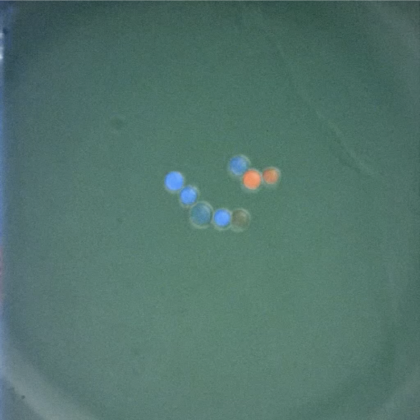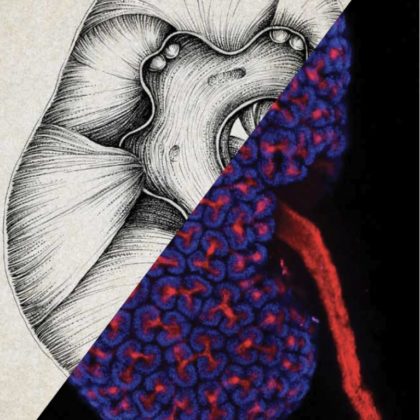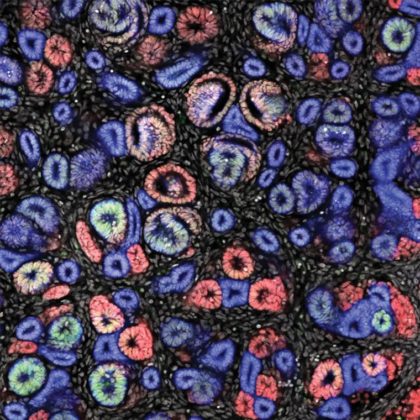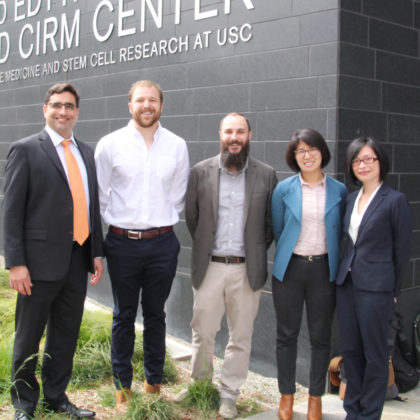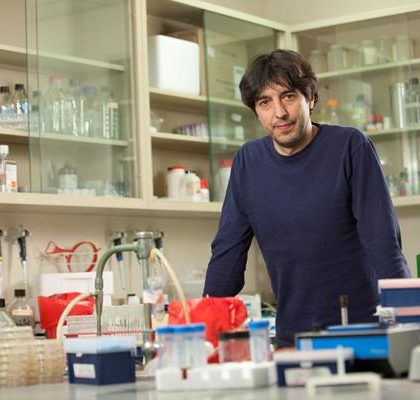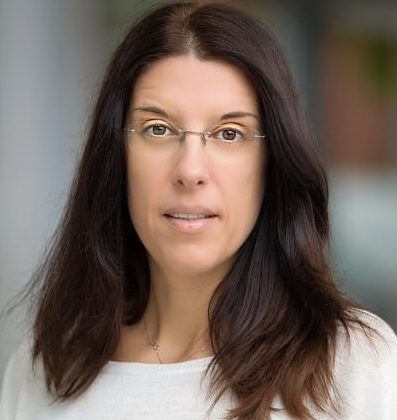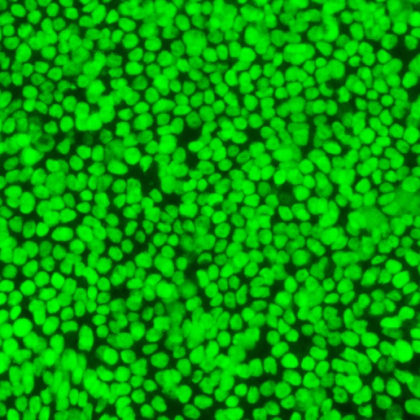Bérénice Benayoun honored for genetics research
The Genetics Society of America (GSA) and the Gruber Foundation have awarded Assistant Professor Bérénice Benayoun the 2019 Rosalind Franklin Young Investigator Award for her research in genetics. The award, intended to …
McMahon named University Professor; Davies, Matarić and Pastor named Distinguished Professors
Interim USC President Wanda M. Austin has appointed Andrew P. McMahon as University Professor, and Kelvin J. A. Davies, Maja J. Matarić and Manuel Pastor Jr. as Distinguished Professors.
USC Stem Cell acquires two instruments to advance state-of-the-art cell sorting
When it comes to sorting cells or other small particles, there’s no better place to do so than USC. The university’s Flow Cytometry Facility recently acquired two top-of-the-line cell sorters, the BD …
Disease risk seen in disrupted biological clock
USC scientists report that a novel time-keeping mechanism within liver cells that helps sustain key organ tasks can contribute to diseases when its natural rhythm is disrupted.
Ellis Meng and Mike Waterman elected fellows of the National Academy of Inventors
Ellis Meng, a professor of biomedical engineering and electrical engineering, who holds the Gabilan Distinguished Professorship in Science and Engineering at the USC Viterbi School of Engineering, and University Professor, Michael Waterman, …
TIME names Valter Longo one of the 50 Most Influential People in Health Care of 2018
USC Leonard Davis School Professor Valter Longo, director of the USC Longevity Institute and USC Stem Cell principal investigator, has been named one of TIME’s the 50 Most Influential People in Health …
Eun Ji Chung awarded NIH New Innovator Award
Eun Ji Chung, Gabilan Assistant Professor of Biomedical Engineering, has received the NIH New Innovator Award. Announced today by the NIH Common Fund’s High-Risk, High-Reward Research program, Chung’s proposal was one of …
USC Stem Cell scientist Andy McMahon and collaborators tune into the organ concert
Every minute of every day, your organs are using a complex language to communicate with each other about the basic physiological processes necessary for life—everything from blood pressure regulation to pH balance …
All about egg freezing: A Q&A with Dr. Richard J. Paulson, USC Fertility
If you’re not going to complete your family by age 35, it’s time to freeze your eggs, according to Dr. Richard J. Paulson, director of USC Fertility. Egg freezing offers a shot …
This tiny particle might change millions of lives
Remember the scene in the movie Mission: Impossible when Tom Cruise has to sneak into the vault? He had to do all sorts of moves to avoid detection. That’s what it’s like …
From perfectly punctual to fashionably late, it takes all kinds to build a kidney
Running early or running late can have big consequences—especially when it comes to the progenitor cells involved in human kidney development. According to a new study in Developmental Cell from the USC …
Synthetic “tissues” build themselves
How do complex biological structures—an eye, a hand, a brain—emerge from a single fertilized egg? This is the fundamental question of developmental biology, and a mystery still being grappled with by scientists …
Growing hope: New organs? Not yet, but stem cell research is getting closer
If you lose a limb, it’s lost for life. If you damage a kidney, you won’t grow a new one. And if you have a heart attack, the scars are there to …
Growing hope: What are stem cells, and how does USC use them?
Stem cell therapies have accelerated at a promising pace, but how do they work? And what are stem cells?
At USC’s Junior Faculty Mini-Symposium, stem cell scientists build to understand
When physicist Richard Feynman died in 1988, he left a message scrawled across his chalkboard: “What I cannot create, I do not understand.” Twenty years later, scientists in a very different field …
Never accept a kidney donation from a mouse
Researchers are hard at work building mini-kidneys from human cells—using blueprints mostly drawn from lab mice. But mouse kidneys differ from their human counterparts in more than mere scale, as detailed by …
What to know about fasting, aging, the “longevity diet” and when you should eat
Biochemist Valter Longo has devoted decades to discovering connections between nutrition and successful aging. He runs the Longevity Institute at the USC Leonard Davis School of Gerontology, which aims to extend healthy …
Bérénice Benayoun studies possibility of rejuvenating genes
Bérénice Benayoun, assistant professor at the USC Leonard Davis School of Gerontology and principal investigator with USC Stem Cell, explores the role of epigenetics—the ways that genes turn “off” or “on”—in the …
New cellular approach found to control progression of chronic kidney disease
Researchers have demonstrated for the first time that extracellular vesicles—tiny protein-filled structures—isolated from amniotic fluid stem cells (AFSCs) can be used to effectively slow the progression of kidney damage in mice with …
Subtle cues can dictate the fate of stem cells
If you’ve seen one GSK3 molecule, do not assume that you have seen them all. A new study in Developmental Cell reveals important differences in two similar forms of GSK3, which, in …
